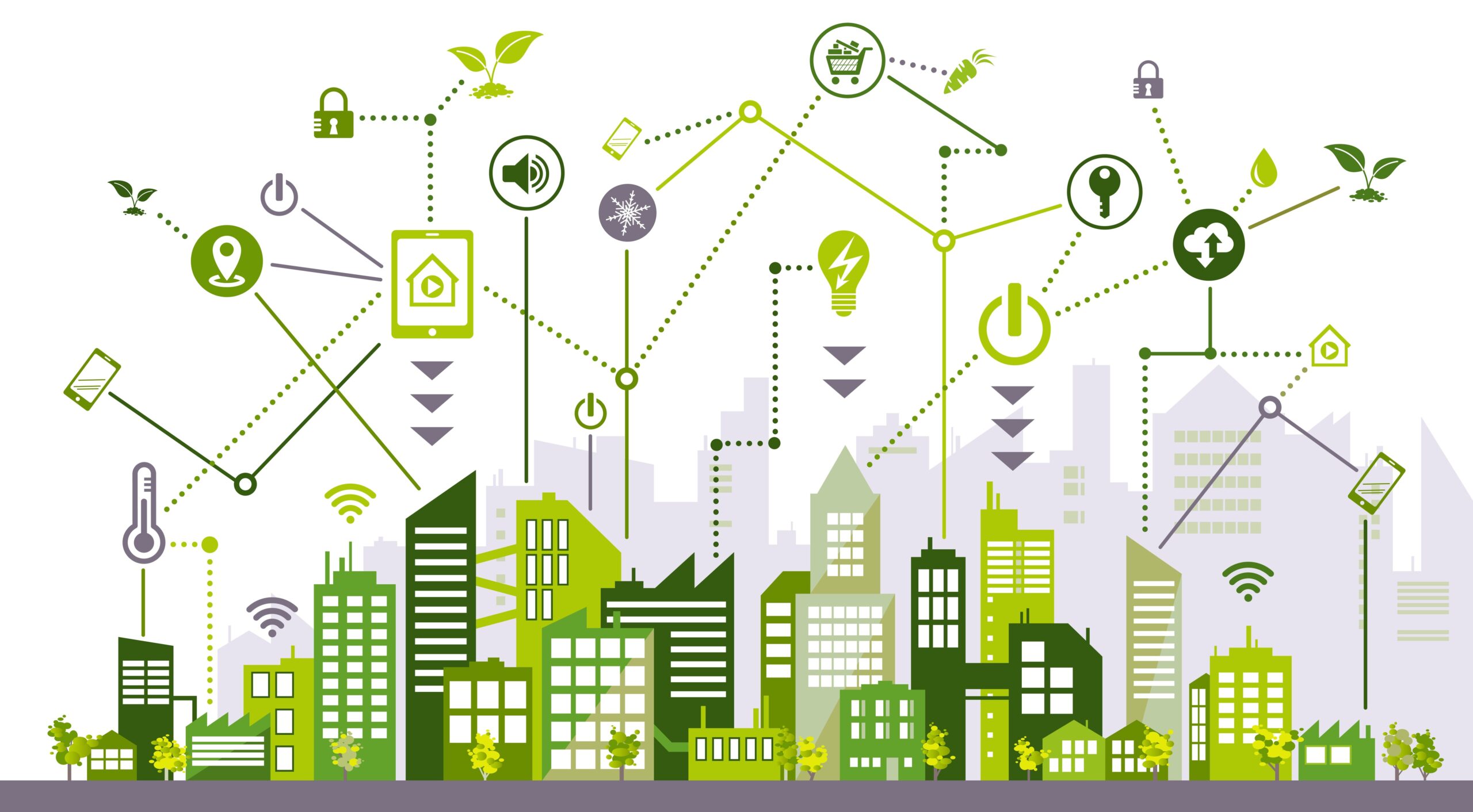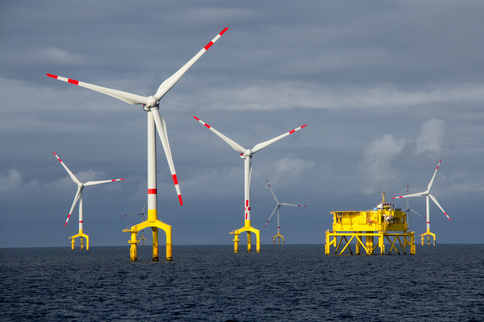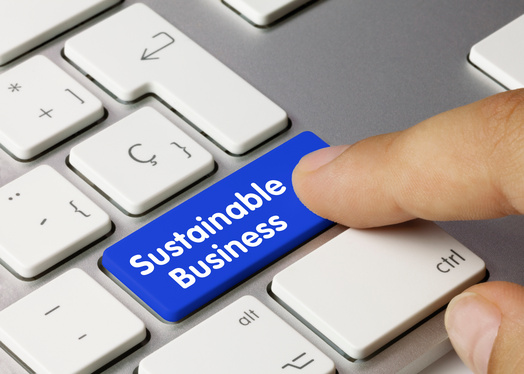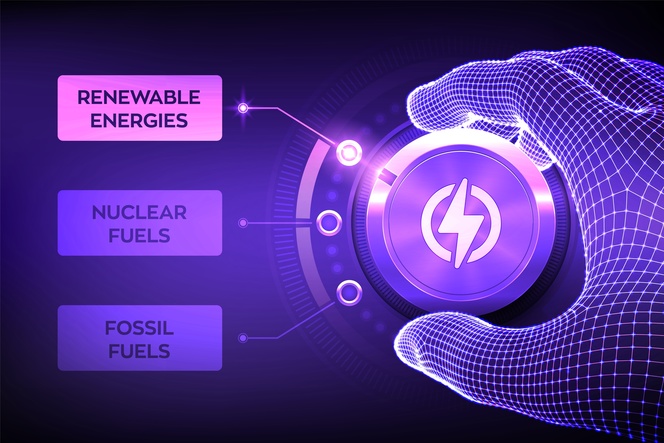We reached out to leading experts in the ESG investing industry to find out their responses, and this is what we found…
QUESTIONWhat are the challenges and investment opportunities we face as we move toward electric mobility?
ANSWERKarl Brauer, Executive Vice President at CarExpert.com
ANSWERThe move toward EV mobility is inevitable, but the rate and timeframe of this shift will be difficult to predict. Multiple variables, including government incentives, fuel prices, infrastructure build out, battery costs, and the health of the economy, will all play critical roles. So while it’s clear we’ve moved from an “if” to a “when” scenario, the “when” will likely take 10-15 years. Keeping investment in EVs proportional to this shift over the next decade will be the challenge across the industry.
QUESTIONWhat are the challenges and investment opportunities we face as we move toward electric mobility?
ANSWERTonderai Leonel Njowera, Senior Partner, ImpactVest Global Advisory
ANSWERNew energy sources coupled with innovations in cloud computing technologies are changing the entire transport industry. Challenges are associated with the availability, sustainable extraction and distribution of mineral and other resources associated with electric vehicles and necessary associated infrastructure. However, as performance and safety improves and battery costs fall, sales of electric vehicles are growing with numbers increasing from approximately 3 million electric vehicles to over 1 billion by 2050, when 75% of passenger car activity (passenger-kilometres), would be provided by electric vehicles under the Remap Case.
ANSWERThis makes investments along the entire electric vehicles value chain bankable in the run up to a carbon neutral economy by 2050, for both current auto companies, energy companies and startups too.
QUESTIONWhat are the challenges and investment opportunities we face as we move toward electric mobility?
ANSWERLiubov Volkowva, PhD, MBA, MS; Energy Markets and Sustainability at CIMA Energy, Mitsubishi Corp.
ANSWERThe EV market has grown at about 60% per year globally, topping 2.1 million in 2019. While the COVID-19 pandemic caused a temporary decrease in the use of vehicles and disrupted the automobile industry, it has boosted consumer interest in all-electric and hybrid electric vehicles (McKinsey Center for Future Mobility, March 2021). The key challenges and opportunities associated with the rapidly growing electric mobility market are changing consumer attitudes, drastically varying by region, EV charging infrastructure, regulatory changes, and battery technology and manufacturing, which primarily drive EV prices. In addition, the micromobility subsector, including electric bikes, scooters, and skateboards, with the $5.7 billion already invested since 2015, will continue expanding and present new opportunities for investors.
QUESTIONWhat are the challenges and investment opportunities we face as we move toward electric mobility?
ANSWERLiana LE, Junior Market Analyst at Kayrros
ANSWERI believe we are in the midst of a pivotal point in history for electric mobility, especially as we recover from a pandemic that left many of us rethinking our individual impact while we were locked up. The EV market is hitting full speed with growing consumer demand for electric vehicles that are equipped with innovative technology and automation. Investment opportunities will arise as more companies shift their portfolios and investments to focus on green tech and disruptive technologies. Tax incentives and subsidies will still make or break the challenge of EV infrastructure and operating costs. There are also concerns on supply meeting demand as we are seeing increasing costs of raw materials that are needed for batteries. In the end, with enough investments to further develop R&D in existing companies and as new startups arise to make electric transportation more feasible, we will inevitably reach the goals of shifting into an electric mobile world.
QUESTIONWhat are the challenges and investment opportunities we face as we move toward electric mobility?
ANSWERJuliana Ennes, Communications and Strategy Development Consultant specialized in Renewable Energy
ANSWERWidespread adoption of electric vehicles in the United States faces challenges that go beyond what tax incentives can do. The public needs information.
ANSWERPeople and goods moving around the US by cars, trucks, trains, ships, airplanes and other vehicles account for 29% of the country’s GHG emissions. Over half of the transport-related emissions come from passenger vehicles and trucks with internal combustion engines.
ANSWERBoth public and private sectors aim at tackling this issue with electric vehicles. The Biden administration’s American Jobs Plan includes $174 billion towards encouraging Americans to switch to electric cars and trucks. In parallel, major car automakers have announced goals to phase out internal combustion engines. However, today EVs account for only 1.8% of new light-duty vehicles sold in the US.
ANSWERThere is a perception that costs are too high, even though studies show that albeit upfront costs are actually higher, in a lifetime of the vehicle this is offset by lower costs with maintenance and fuel.
ANSWERIt is true that batteries need more research and that the energy mix of the country and state where the car is being charged can elevate the carbon footprint of EVs. But studies show that even with coal and gas-power generation in the mix, EVs still can have a carbon footprint up to 40% lower than internal combustion engines.
ANSWERElectric vehicles are not a panacea and transport plans should still prioritize public transportation and bike infrastructure, but the switch is more than welcome and the technology is already there.










